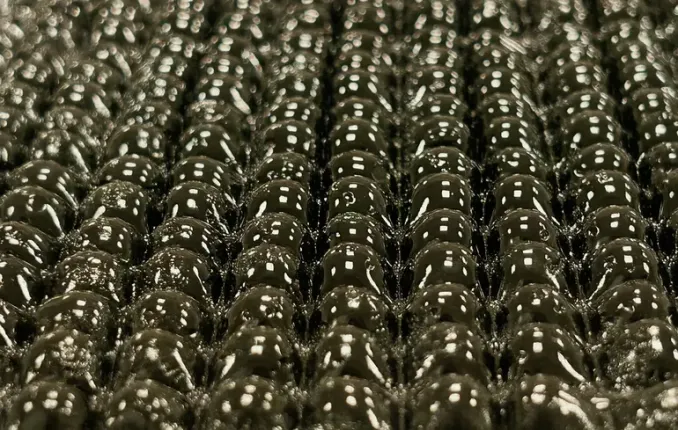Revolutionary Innovation from MIT: Atmospheric Water Harvesting Technology for Military and Civilian Use

Researchers at the Massachusetts Institute of Technology (MIT) have developed an innovative device capable of transforming how clean drinking water is supplied, particularly under extreme heat and drought conditions. This groundbreaking invention resembles a bubble-wrap-like material designed to collect and purify water from the atmosphere. The device operates by absorbing atmospheric moisture at night using a specially formulated hydrogel material, then releasing this purified water into a designated container during the day. Constructed with two glass layers—one coated with a cooling film to facilitate condensation—the device has demonstrated remarkable efficiency even in extreme environments such as Death Valley, where temperatures soar above 49°C. In such conditions, the prototype yielded approximately a quarter to two-thirds of a glass of water daily, while in milder climates, its potential output could be substantially higher. The main advantage of this technology is its independence from electricity, making it incredibly valuable for military personnel operating in the field. Unlike other water collection methods, this device can effectively gather atmospheric moisture even in dry and hot regions, addressing a critical need for soldiers in remote areas. Currently, the technology remains experimental, and engineers are working to address issues like the device's size and fragility to improve its durability and practical application. The development has received high praise in the journal Nature, with project leadership by engineer Xuanhe Zhao. Besides this water-harvesting solution, some of the latest civilian inventions relevant to military needs include smart bandages for wounds developed by Polish researchers from the Institute of Physics and Chemistry (IFJ PAN). These bandages, embedded with polymer nanofibers infused with antibacterial agents, allow targeted treatment and gradual drug release over several hours, thus enhancing wound care efficiency and effectiveness.

